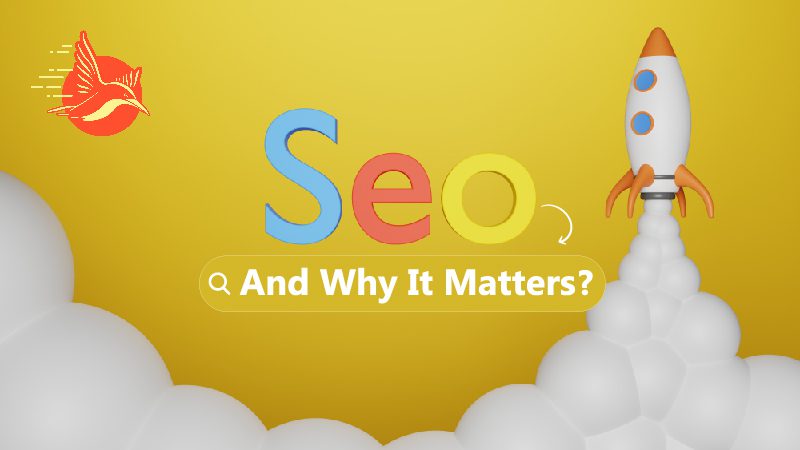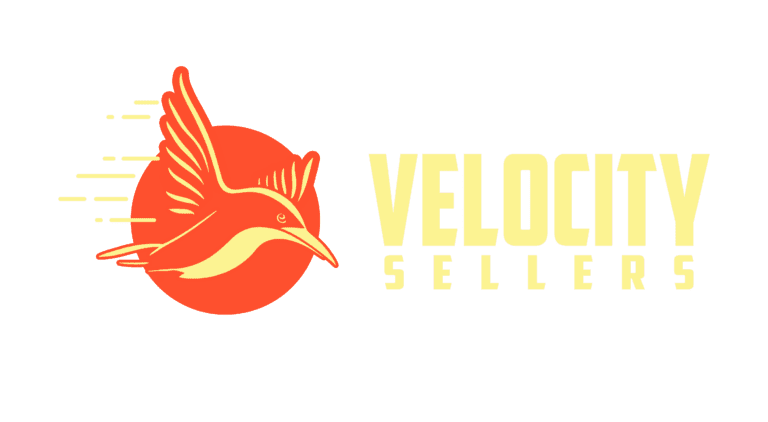In this guide, we delve into the importance of optimizing listings with SEO and how it can transform your e-commerce strategy. Search Engine Optimization (SEO) is more than just a digital marketing buzzword. It’s a multifaceted discipline involving various techniques to improve web content visibility on search engines like Google, Bing, and Yahoo.
When discussing visibility, we refer to the ranking of your content in search results. This occurs when someone types in a relevant keyword or phrase. Therefore, the higher your content ranks, the more likely it is to be seen and clicked on by potential customers.
SEO’s Role in E-commerce Listings
Now, how is optimizing listings with SEO relevant to my listings? It’s crucial. In the world of e-commerce, a listing is essentially your product’s or service’s web page. This is where you provide the necessary details about what you’re selling. It includes the name, description, price, and other relevant information. Ultimately, it’s the digital storefront for your offering.
Similarly, just like any other web page, your listing can and should be optimized for search engines, effectively optimizing listings with SEO. Importantly, this is crucial because most online shopping experiences begin with a search engine. When a customer searches for a product, you want your listing at the top of the results. Consequently, this increases the chances of the customer clicking on your listing, visiting your website, and ultimately making a purchase.
As a Seller, your goal is to sell your products or services as quickly and efficiently as possible. Consequently, SEO aids by increasing the visibility of your listings. This attracts more potential customers and boosts sales.
In this article, we aim to guide Sellers on optimizing listings with SEO through effective strategies. We’ll provide a comprehensive guide on various SEO techniques and how to effectively apply them to your listings. So, whether you’re new to Selling or looking to enhance your existing strategies, this article will equip you with the knowledge to take your business to the next level. Stay tuned!
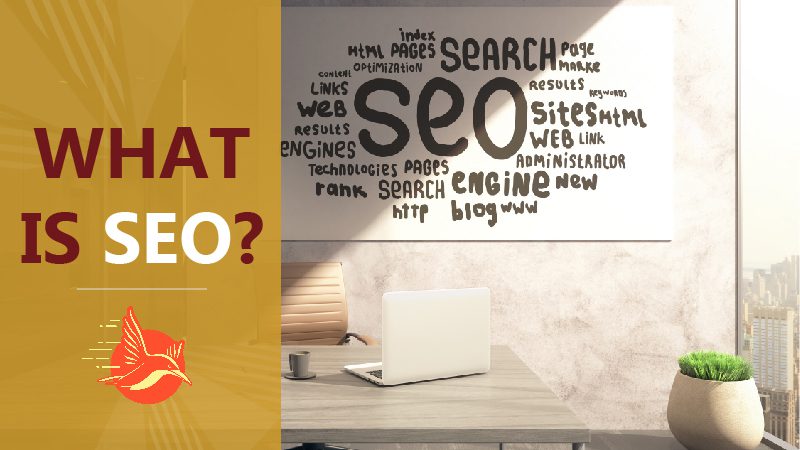
Understanding SEO: The Key to Optimizing Your Listings
Search Engine Optimization, or SEO, is a strategic process. It aims to improve a website’s visibility in search engine results. Firstly, it involves various techniques and practices designed to make a website more attractive to search engines. Subsequently, this increases its chances of appearing higher in search results. Ultimately, the goal is to attract more visitors through an enhanced online presence.
Meanwhile, search engine algorithms are at the heart of SEO, which are complex systems used by search engines like Google and Bing to retrieve and rank web pages. These algorithms rely on web crawlers, also known as spiders or bots, which are automated software agents that “crawl” the web, visiting web pages and indexing their content for the search engines.
The importance of optimizing listings with SEO for online businesses cannot be overstated. Indeed, According to recent statistics, Google holds 78.01% of the search market share, and 68% of online experiences begin with a search engine. Moreover, organic SEO is 5.66 times better than paid ads, and 53.3% of all website traffic comes from organic search. These numbers highlight the critical role SEO plays in driving traffic and potential customers to your website.
SEO affects visibility and searchability by influencing how high your website or listing appears in search engine results. As a result, the higher your site ranks, the more visible it is to users. This increased visibility often translates into more clicks, more visitors, and ultimately, more business. In the following section, we’ll delve deeper into how SEO specifically impacts listings and why it’s a crucial consideration for Sellers.
The Impact of SEO on Listings
SEO significantly influences the performance of your listings. It’s the catalyst that propels your listings to the top of search results, making them more visible to potential customers. Here’s how:
- Visibility and Traffic: SEO is about making your listings more visible on search engines.
When you optimize listings with relevant keywords, search engines likely show them more. This happens when users search for those keywords. This increased visibility can lead to a higher click-through rate (CTR), which means more potential customers visiting your website.
- Correlation with Sales: The correlation between SEO and sales is significant. Initially, according to a study by Backlinko, websites on the first page of Google receive almost 95% of web traffic. Consequently, if your listing ranks high in search results, then it’s more likely to be seen and clicked on. This leads to increased traffic and, potentially, higher sales.
- Real-world Examples: Major e-commerce platforms like Amazon and eBay have effectively used SEO to boost the visibility of their product listings. Firstly, they strategically use relevant keywords in their product titles and descriptions. Additionally, they optimize their images for search and effectively use meta tags. As a result, these SEO practices have helped their listings rank high in search results, thereby driving substantial traffic to their sites.
However, it’s also important to be aware of common mistakes in SEO for listings.
Common SEO Mistakes to Avoid:
– Keyword Research: Not conducting thorough keyword research can result in targeting keywords that are either too competitive or not searched often enough.
– Search Intent: Not aligning your listings with the search intent of your target audience can lead to lower conversion rates.
– Backlinks: Not having enough high-quality backlinks can affect your listings’ search engine rankings.
– Click-Through Rates: Ignoring your listings’ click-through rates can lead to missed opportunities for optimization.
– Keyword Stuffing: This refers to the overuse of keywords in your content. While it’s important to include relevant keywords, excessive use can lead to penalties from search engines. Instead, focus on creating natural, engaging content that incorporates keywords strategically.
– Duplicating Content: Search engines value unique and original content. Duplicating content across multiple pages can negatively impact your SEO. Therefore, ensure each page on your site offers unique value.
– Ignoring Meta Tags: Meta tags provide search engines with information about your page and are a key aspect of SEO. Ignoring them can result in missed opportunities to improve your visibility. Hence, make sure to include relevant meta tags for each page.
By understanding these aspects, you can leverage SEO to enhance your listings’ performance and boost your sales. In the next section, we’ll explore SEO best practices for listings.
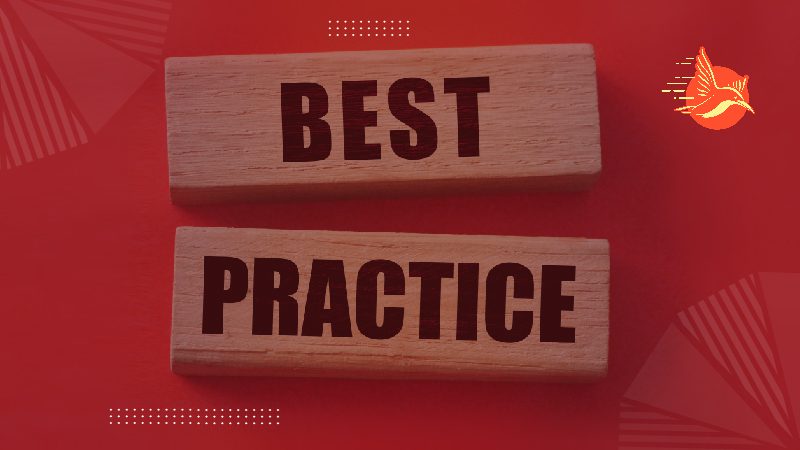
SEO Best Practices for Your Listing
In the competitive world of online selling, mastering Search Engine Optimization (SEO) can set you apart. Here are some key strategies:
- Keyword Research: This is the foundation of SEO. Tools like Google Keyword Planner can help you understand keyword relevance, search volume, and competition. These metrics allow you to identify the most effective keywords for your listing.
- Relevant Keywords: Using relevant keywords in the title, description, and content of your listing is crucial. It enhances visibility and reach. However, remember to use keywords strategically and naturally to avoid ‘keyword stuffing’, which can lead to penalties from search engines.
- Quality Content and User Experience: Beyond keywords, the quality of your content and the user experience you provide play a significant role in SEO. High-quality, engaging content can lead to longer dwell times, indicating to search engines that users find your content valuable. Similarly, a lower bounce rate (the percentage of visitors who navigate away after viewing only one page) can improve your SEO ranking.
Here are some additional tips:
- Use long-tail keywords. These are longer, more specific keyword phrases used by visitors closer to purchase or using voice search. They’re likely to use these when they’re ready to buy.
- Make sure your website is mobile-friendly. More people are using mobile devices to shop and search.
- Use internal links on your pages to guide visitors to more content and keep them engaged longer.
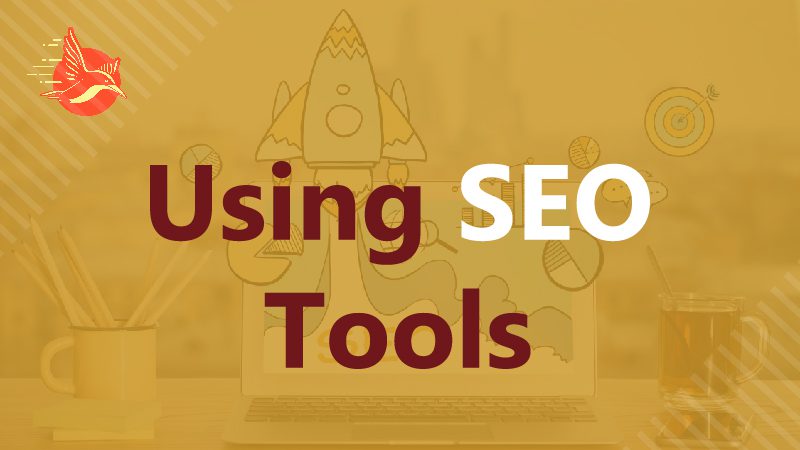
SEO Tools: Enhancing Your Strategy for Optimizing Listings
In the dynamic world of SEO, the right tools can provide a competitive edge. Here are some popular SEO tools that can offer valuable insights into your website’s performance and areas for improvement:
Google Analytics:
- This comprehensive tool allows you to track a wide range of metrics, including website traffic, user behavior, and conversion rates. Importantly, it provides insights into how users find and interact with your site, thereby helping you understand what’s working and what needs improvement. Additionally, you can set up goals to track conversions or other important events, ultimately giving you a clearer picture of your website’s performance.
SEMrush:
- SEMrush is a versatile SEO tool with features like keyword research, competitor analysis, and site audits. Firstly, its keyword research tool provides data on keyword volume, keyword difficulty, and more, aiding you in identifying the best keywords for your listing. Additionally, the competitor analysis feature lets you see what keywords your competitors are ranking for, thereby giving you ideas for your strategy. Finally, the site audit feature helps you identify and fix technical SEO issues on your site, ensuring optimal performance.
Moz:
- Moz offers a suite of SEO tools focusing on content and keyword optimization. Its Keyword Explorer tool provides keyword suggestions, SERP analysis, and performance metrics. The Page Optimization feature gives you recommendations for improving the SEO of individual pages. Moz also offers a Link Explorer tool, which helps you understand your site’s backlink profile.
Ahrefs:
- Ahrefs is another comprehensive SEO tool that provides a wealth of features. Its Site Explorer feature allows you to analyze your website’s backlink profile and search traffic. The Keywords Explorer helps you discover new keyword opportunities, and the Rank Tracker lets you monitor your rankings over time.
Yoast SEO:
- If your website is on WordPress, Yoast SEO is a must-have plugin. It helps you optimize your website’s content, titles, meta descriptions, and more. It also includes readability analysis to help you make your content user-friendly.
Screaming Frog SEO Spider:
- This tool is a website crawler that allows you to crawl websites’ URLs and fetch key elements to analyze and audit technical and onsite SEO. It’s particularly useful for larger sites that need a more in-depth analysis.
BuzzSumo:
- BuzzSumo is a great tool for content marketing and SEO. It allows you to find the most shared content on social media and the key influencers in your industry. This can help you create content that is more likely to be shared and linked to, improving your SEO.
These tools can provide a wealth of information, but it’s important to remember that data is only as good as what you do with it. Use these insights to continually refine and improve your SEO strategy, always keeping your audience’s needs at the forefront. By leveraging these tools effectively, you can optimize your listing for both search engines and potential customers, ultimately driving more traffic and conversions.
On-Page SEO: Techniques for Optimizing Your Listings
As the digital landscape continually evolves, on-page SEO optimization emerges as the sculptor chiseling the very essence of your online presence. Indeed, it’s not just about being present in the vast expanse of the internet; it’s about commanding attention, engaging audiences, and finally, inviting exploration.
On-page SEO acts as the virtuoso that orchestrates the elements visible to both search engines and users. In this section, we delve into the pivotal role of optimizing title tags, meta descriptions, and header tags – the foundational elements shaping the initial perception of your listing in search results. Additionally, we explore the art of crafting SEO-friendly content, where each word and structure plays a part in elevating your listing’s visibility and resonance within the digital realm.
Crafting the Digital Showcase
- Importance of Optimizing Title Tags, Meta Descriptions, and Header Tags: These elements aren’t merely text; they’re your first point of contact with users. Optimizing them is akin to designing an inviting storefront, enticing users to step in and explore further. Crafting compelling title tags, concise yet impactful meta descriptions, and structuring headers for clarity isn’t just about aesthetics; it’s about establishing a meaningful connection with search engines and users.
- Creating SEO-Friendly Content for Your Listing: The essence of SEO-friendliness lies not just in technical aspects but in the content’s soul. It’s about curating content that resonates with your audience, solving their queries, and seamlessly integrating keywords within a narrative that educates, entertains, or enlightens. Crafting content that fulfills user intent while aligning with search engine algorithms transforms your listing into a digital beacon that beckons and engages visitors.
Off-Page SEO Strategies
As the digital realm sprawls far beyond individual websites, thus off-page SEO emerges as the masterstroke. Moreover, it’s the canvas where your listing’s reputation, authority, and relevance are painted across the broader online landscape.
This section dives into the pivotal world of off-page SEO strategies, where building backlinks and leveraging social media platforms serve as the linchpins that propel your listing beyond the confines of your website. Rather than being confined within the pages of your site, off-page SEO techniques amplify your online presence, signaling to search engines and users alike that your content is not only valuable but also trusted and endorsed by the digital community.
Off-Page SEO Strategies: Amplifying Your Digital Footprint
- Building Backlinks for Enhanced Authority: Backlinks aren’t merely links; they’re endorsements from other credible sources, vouching for your content’s relevance and authority. Strategically cultivating a network of backlinks acts as a testament to your listing’s credibility in the eyes of search engines.
- Leveraging Social Media and Beyond: Social media platforms and other digital arenas aren’t just spaces for interaction; they’re extensions of your listing’s reach. Engaging on these platforms not only widens your audience but also signals to search engines the shareability and relevance of your content, ultimately boosting your off-page SEO efforts.
By tactically nurturing backlinks and engaging actively across diverse digital platforms, your off-page SEO strategy becomes a dynamic force that extends your listing’s visibility, credibility, and resonance throughout the vast expanse of the digital universe.
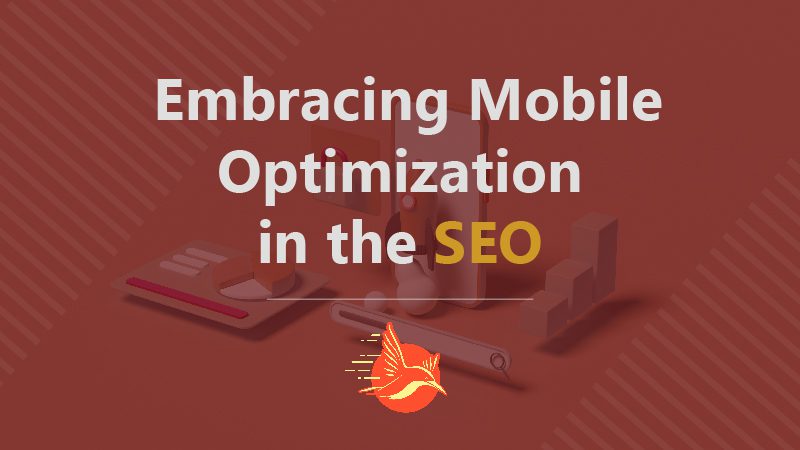
Embracing Mobile Optimization in the SEO Landscape
As the digital landscape continually evolves, the significance of mobile optimization within the realm of SEO stands as an unignorable beacon. Mobile devices have become the primary portals through which users access the digital universe, and search engines have duly taken note.
The increasing reliance on smartphones and tablets has propelled mobile-friendliness from a preference to an imperative in the SEO playbook. Mobile optimization isn’t merely a checkbox to tick; it’s a strategic leap toward meeting user demands and securing a pivotal position in search engine rankings.
The Impact of Mobile Optimization: Crafting a Seamless User Experience
- Navigating the Mobile Preference Shift: The surge in mobile usage isn’t fleeting; it’s a behavioral shift that necessitates a tailored approach. Understanding and adapting to this preference is key to staying relevant in the ever-evolving digital landscape.
- Responsive Design Principles: Crafting a user-centric experience involves adopting responsive design principles. Ensuring that your listing adapts seamlessly across various screen sizes and devices is pivotal to engaging and retaining mobile users.
- Swift Load Times for On-the-Go Audiences: In the fast-paced world of mobile browsing, seconds count. Optimizing load times becomes crucial to captivate users’ attention and prevent them from bouncing off to competitors.
- User-Friendly Navigation and Interaction: Simplifying navigation and ensuring intuitive interactions on mobile devices isn’t just about functionality; it’s about creating a delightful experience that keeps users engaged.
Fortifying Connections through Local SEO Strategies
In the expansive terrain of SEO, thus the relevance of local optimization emerges as a powerful tool for businesses aiming to forge robust connections within their immediate communities. Moreover, local SEO isn’t merely about visibility; instead, it’s about becoming a prominent fixture in the neighborhood landscape, attracting nearby customers, and ultimately establishing a trusted presence.
From honing your Google My Business profile to integrating location-specific keywords and cultivating positive reviews, local optimization serves as the gateway. Consequently, it becomes the preferred choice for individuals seeking solutions nearby.
Local SEO for Better Visibility: Connecting with Nearby Audiences
- Harnessing the Power of Local Connections: Local SEO serves as the bridge connecting businesses with the communities they serve. Understanding and leveraging local preferences and behaviors is crucial for engaging nearby customers effectively.
- Optimizing Google My Business: Claiming and optimizing your Google My Business profile is the cornerstone of local SEO. It’s the digital storefront that showcases vital information to potential customers searching within your locality.
- Embracing Location-Specific Keywords: Incorporating keywords that resonate with local queries elevates your listing’s relevance in local searches, ensuring that your content aligns with the specific needs of nearby audiences.
- Cultivating Positive Reviews and Testimonials: Positive reviews, essential in optimizing listings with SEO, act as testimonials bolstering your credibility and attracting local customers.
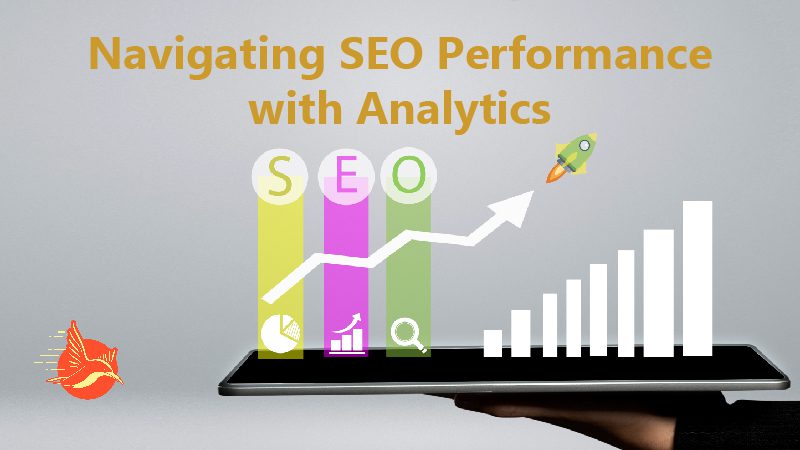
Navigating SEO Performance with Analytics
In the labyrinth of digital strategies, SEO analytics stands as the compass. It guides businesses through the ever-evolving landscape of online visibility. It’s not just about implementing SEO; it’s about deciphering the data generated by these efforts to measure success accurately. This section sheds light on the tools pivotal for monitoring and dissecting SEO performance.
From stalwarts like Google Analytics to specialized platforms such as SEMrush and Moz, these tools are the gateways to insights about website traffic, keyword efficacy, user behavior, and more. Moreover, understanding which metrics to focus on is the compass that steers the course of your SEO strategies. Each metric contributes a piece to the puzzle. This includes organic traffic, keyword rankings, bounce, and conversion rates. They enable informed decisions and strategic enhancements to your SEO approach.
SEO Analytics and Metrics: Navigating the Data Landscape
- Essential Tools for SEO Monitoring: Introducing and navigating Google Analytics, SEMrush, Moz, and other tools vital for dissecting SEO performance. Understanding the functionalities of these platforms empowers businesses to make data-driven decisions.
- Key Metrics for Performance Evaluation: Delving into the crucial metrics that offer insights into the effectiveness of SEO efforts. From organic traffic to keyword rankings, each metric presents a unique facet. This includes user engagement metrics like bounce rates and conversion rates, reflecting your listing’s performance.
- Interpreting and Acting on Insights: Translating the data garnered from these metrics into actionable insights. Understanding trends, identifying strengths and weaknesses, and leveraging these insights to refine and enhance SEO strategies.
By harnessing the power of SEO analytics and metrics, businesses not only gain a deeper understanding of their online performance but also pave the way for informed decisions that drive continual improvement and success within the digital landscape.
Navigating SEO Pitfalls for Optimal Performance
Within the complex web of SEO strategies, steering clear of common pitfalls is pivotal for sustained success. This section serves as a beacon, illuminating prevalent SEO mistakes. It offers insights to rectify these missteps and enhance progress. Recognizing and addressing these errors can significantly impact a website’s visibility and ranking on search engines. Understanding these pitfalls is paramount to sidestep their detrimental effects. They range from disregarding mobile optimization and failing to prioritize high-quality content to engaging in questionable link-building practices. Moreover, this section provides actionable tips to maintain a robust and effective SEO approach, empowering businesses to traverse the digital landscape adeptly and continually refine their strategies for optimal performance.
Common SEO Mistakes to Avoid: Navigating Pitfalls for Success
- Neglecting Mobile Optimization: Overlooking the importance of mobile-friendly designs and experiences can significantly impact a website’s ranking, considering the increasingly mobile user base.
- Low-Quality or Thin Content: Failing to prioritize valuable, informative, and engaging content can hinder a website’s visibility and user engagement, impacting its SEO performance.
- Engaging in Manipulative Link-Building Tactics: Resorting to dubious link-building practices can lead to penalties from search engines, damaging a website’s credibility and authority.
Navigating SEO’s Dynamic Evolution
Amid the relentless evolution of the digital realm, SEO stands dynamic. It is continuously shaped by technological advancements and shifting user behaviors. Consequently, this section offers a glance into the present trends and future projections within the expansive domain of SEO, thereby underlining the critical importance of staying informed and adaptable. Moreover, the landscape of SEO is witnessing profound transformations, from the ascendancy of voice search and the prominence of video content to the escalating significance of user experience signals and the integration of AI and machine learning. Ultimately, these changes dictate a more sophisticated and strategic approach to SEO.
Remaining attuned to these developments isn’t just a recommendation; it’s an indispensable asset in this ever-evolving arena. Indeed, businesses can maintain their competitive edge by evolving strategies. This aligns with emerging trends, enhancing visibility and resonance in the digital sphere. Additionally, embracing a culture of continual learning and adaptation becomes the cornerstone for navigating the evolving horizons of SEO.

The Evolving Landscape of SEO: Navigating Future Horizons
- Voice Search and Conversational Queries: The increasing prevalence of voice search technology is reshaping how users interact with search engines, emphasizing more conversational and natural language queries.
- Rise of Video Content: Video content continues to dominate as a preferred medium, impacting user engagement and search engine rankings, demanding a shift in content strategies towards visual storytelling.
- Focus on User Experience Signals: Search engines increasingly prioritize user-centric metrics like page experience, mobile-friendliness, and site speed, underscoring the importance of delivering seamless experiences.
- Integration of AI and Machine Learning: The incorporation of AI-driven algorithms and machine learning impacts search engine algorithms, influencing ranking factors and the understanding of user intent.
Adapting to these trends is pivotal for businesses aiming to thrive in SEO’s dynamic landscape. It ensures sustained visibility, relevance, and success in the evolving digital ecosystem.
Concluding Thoughts on Optimizing Listings with SEO
As we culminate this exploration of SEO, it’s imperative to recap the pivotal insights. This journey has discussed various intricate aspects. Firstly, we’ve navigated through the foundational principles, unveiling the significance of SEO in enhancing online visibility and attracting targeted audiences. Moreover, from understanding the nuances of search engine algorithms to optimizing listings for mobile, local searches, and beyond, each facet contributes significantly to a holistic SEO strategy. Finally, this comprehensive approach underscores the importance of a multifaceted and informed SEO practice.
We’ve delved into the nuances of keywords and dissected the optimization landscape. This includes on-page and off-page aspects, and we’ve deciphered the importance of analytics and continuous adaptation. However, beyond these individual components lies the crux: the long-term benefits of investing in SEO for your listing. It’s not merely about ranking higher in search results; it’s about laying the groundwork for sustained visibility, credibility, and growth.
Embracing SEO isn’t a fleeting tactic; it’s a strategic investment. This approach propels your listing toward continual success in the digital realm. Firstly, it’s about building a robust online presence that resonates with your audience, establishes authority, and fosters lasting connections, thus ensuring your relevance amidst the ever-changing digital landscape. Furthermore, as you embark on your SEO journey, remember: that the rewards of patience and strategic investment in SEO echo far beyond immediate rankings; they pave the way for enduring triumph in the digital arena. By understanding and implementing these strategies, you are well on your way to optimizing listings with SEO effectively.
Interested in boosting your e-commerce success on Amazon? Don’t miss our article ‘Full Service Amazon Management: Unlock Success with a Marketing Agency‘ for expert insights. Read it here and take your Amazon strategy to the next level!


